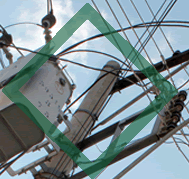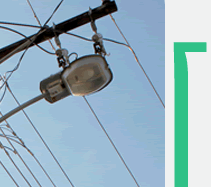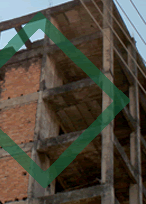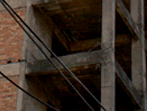"T" and technology in educational reform
 |
 |
|||||
 |
 |
|||||
 |
 |
 |
 |
|||
 |
 |
|||||
 |
 |
|||||
When illustrating infrastructure, Star concludes with a powerful analogy of her own: “One person’s infrastructure is another’s brick wall, or in some cases, one person’s brick wall is another’s object of demolition” (16). The uncomfortably shifting meanings of the personal and cultural cityscapes Star invokes here offer a powerful lesson: Whose city is this anyway?
Composition and rhetoric scholars who have extended this term, infrastructure, have applied Star and her collaborators’ concepts of infrastructure to both the structures and material conditions that enable or disable the possibilities for productive multimedia work “within institutional structures and networks” and at a given moment in time (DeVoss, et al.). By making informational infrastructure visible, we disrupt assumptions about learning and technology, and we activate a sorely needed perspective in ongoing discussions about the role of technology in emerging educational reforms. If Star and Critel are right about the way informational infrastructure and attitudes about participation silently underline discourse in technology studies, then revealing not only the presence of infrastructures but also the shape of these structures is paramount. Our findings suggest that the visible aspect or shape of educational informational infrastructure, in our current moment, is the MOOC itself.
[Go to "Y" or Why deconstruct MOOCs?]